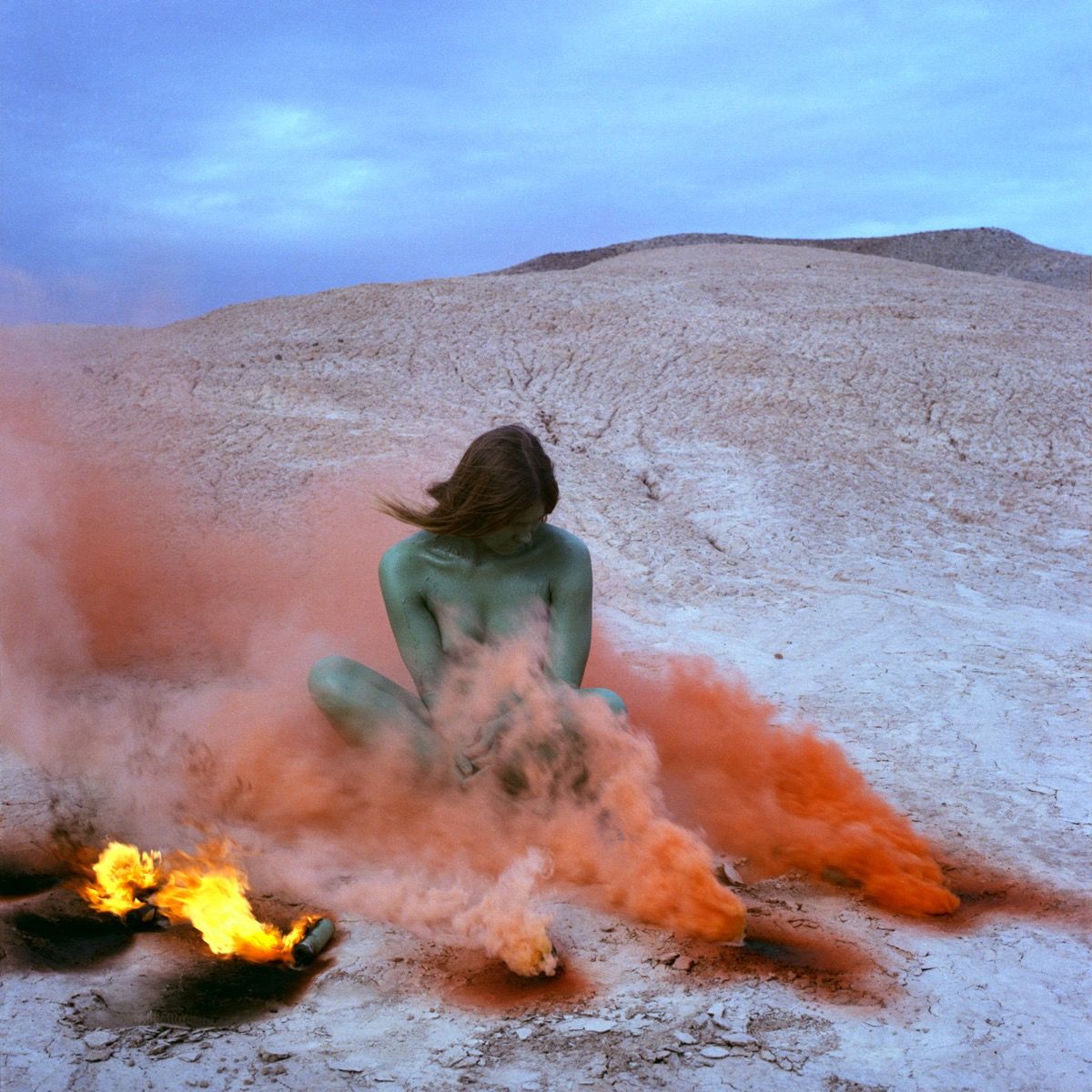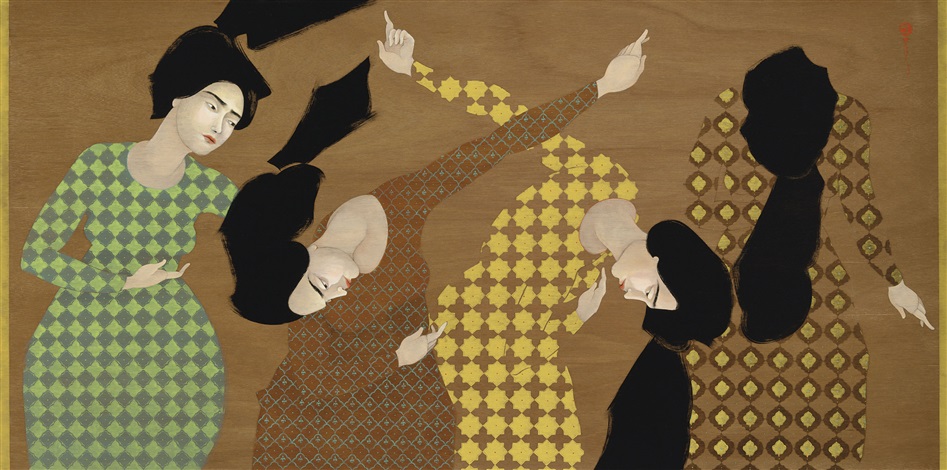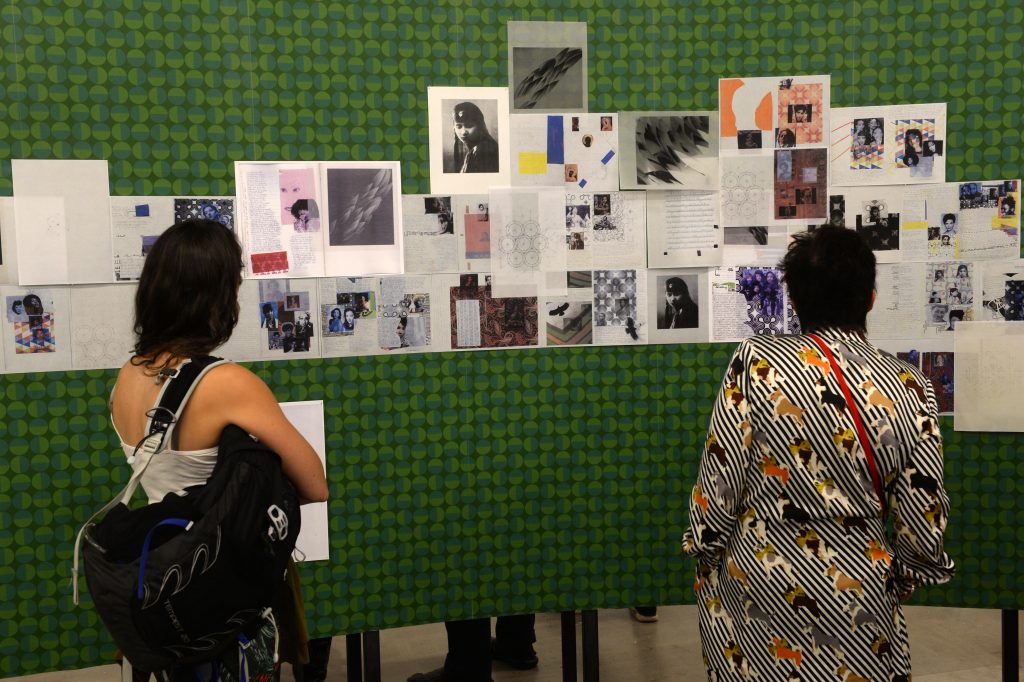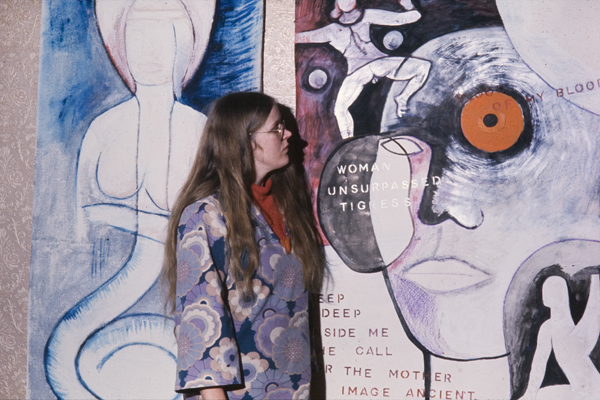Dear readers,
this last week of the year, I wrote this text for the brilliant website Lucy Writers Platform, named after Lucy Cavendish, the Cambridge College for women, looking to make a positive impact for women.
It's about 'Still I Rise', the exhibition that just ended at the #Arnolfini gallery, about feminist art and resistance in the 21st century.
Very grateful for this space!
"Still, We’ll Rise Once Again…"
Link here:

Still, We’ll Rise Once Again…
Journalist, writer and lecturer Melissa Chemam reflects on the Arnolfini’s recent exhibition Still, I Rise, the cultural history of Bristol and her experience as the gallery’s writer in residence.
When I first entered the rooms of the Still I Rise: Feminisms, Gender and Resistance – Act 3 exhibition at the Arnolfini gallery in September, I felt incredibly empowered by the selection of artwork, and deeply hopeful. The themes of feminisms and resistance were mirroring the very essence of my life as a freelance journalist, a reporter and writer, and an activist and commentator of the political realities in Western Europe, North America, North, East and Central Africa.
Being chosen as the Arnolfini’s writer-in-residence at this particular moment felt like a major achievement and step forward. I had first come to Bristol in February 2015 to write a book about its art and music scene. I wanted to shine a spotlight on the city’s politically aware artists, like The Pop Group, Banksy, Black Roots, Tricky, Smith & Mighty, Portished, The Wild Bunch and, of course, Massive Attack. The book, Massive Attack: Out of the Comfort Zone, finally came out in English in March 2019.
Working on this book was, for me, a way to rewrite part of British and European culture and address it with a different focus, a focus on art, music, creativity, engagement; a multicultural angle. Since Bristol had a special history as one of the key ports that lined England to North America, and therefore to colonisation, the Atlantic slave trade and mass migrations in the 20th century, it was important to underline how this history was later mirrored and expressed in its music scene; when reggae and punk exploded there in the 1970s, and much later when bands like Massive Attack came about. Massive Attack took that history as part of their discourse and changed Bristol for the better by bringing it to the forefront.
Having the opportunity to write more about contemporary art – particularly art with a feminist agenda – has allowed me to journey further into new territories, new routes of migration; it has allowed me to consider the rights both of women and diverse communities, and, most importantly, to highlight the power of art to express and instigate acts of resistance.
Still I Rise was thought of as an itinerant exhibition, in 2016, long before the #MeToo movement went viral. It was a visionary idea and its title was inspired by the famous poem of the same name by Maya Angelou. Angelou wrote ‘Still, I Rise’ in 1978 as an ode to the “indomitable spirit of Black people”, who she felt were capable of endless resistance and resilience. The contemporary exhibition first opened in Nottingham in 2018, and travelled to Sussex before finally reaching Bristol this autumn. The main body of ideas and work remained the same but each iteration has a special flavour and includes pieces which reflect the history of each city.
Several international artists were the highlight of the show: photographers like Judy Chicago, one of the first American self-declared feminist artists, and the African-American artist-cum-designer Xenobia Bailey; the Iraqi painter and sculptor, Hayv Kahraman, who is now based in California; and British multi-disciplinary artist Rachael House, to name a few. Aside from Hayv, whose art includes her experiences as a refugee, all these artists use their work to explore issues of gender, identity, freedom and power.

Ink on Hahnemühle Museum Etching paper.
Hayv’s painting, in particular, was deeply touching for me. The Kawliya Dancerepresents women from a Roma heritage in Iraq who are swept away in a dance ritual. The ritualistic dancing is supposed to wash away the pain and discrimination that their community has been fighting for decades, if not centuries. The beauty of the painting on wood, the liveliness of the movements, the symbolic power of female hair, are all so evocative, expressive and liberating for both the depicted women and the beholder.

In the same room, Xenobia Bailey’s magical and spiritual tent, weaved to reconnect abducted African ancestors with their heirs in America, carries the same sense of bitter-sweetness; but it also offers hope and redemption.

In the basement, historical and documentary photography was heavily represented, with work coming from Argentina (including photos by Eduardo Gil), India (with Pamela Singh), Iran, Botswana, South Africa, the United Kingdom, and more.
Issues of domestic violence, domestic work and marital inequality were also addressed through a series of posters from different countries and decades. They represent acts of resistance against the marginalisation of women in politics and wider society. Activists and protesters who defended the rights of individuals from the queer community, as well as disabled people, could be seen in archival material and photographs. These photographs also captured the numerous marches for peace, equality and environmental protection. All the work in this section confronted a world dominated by patriarchal systems and values, capitalistic greed and materialism, and the general, arbitrary lust for power.

Bristol’s feminist history also came through with the work of the bisexual Swedish artist, Monica Sjöö, a painter, writer and radical ecological feminist who moved to Bristol in 1950s, where she lived until her death in 2005. She was an early exponent of the “Goddess movement” and became known for her painting ‘God Giving Birth’ (1968), which depicts a non-white woman in labour. It was censored multiple times for obscenity, with Sjöö being reported to the police for blasphemy in a later show. Her paintings and protest posters, which were once created for feminist marches in Bristol, show huge iconic female pagan figures dancing and bolstering another iconic stage of resistance.

During the past three months, I spent a lot of time in the gallery. I thought and wrote about the many women I had met over the years who endured terribly bleak environments: women from Kenya, Iraq, Somalia, Uganda, Haiti, Algeria, India, Mexico, on the Italian/French boarder, in Calais, or, closer to us, in Northern Ireland. I though about their lives, what they saw and lived through, and the kinds of acts of resistance, however large or small, they made.
Walking around the gallery and working as a writer in residence also brought me into contact with some insightful visitors, of all genders, who were interested in many of the issues around gender equality and socio-political resistance. One of them was the poet and activist Lawrence Hoo, whose recently published book Cargo has opened a new level of conversation in Bristol about the city’s past role in the slave trade. Another was Dawn, a radio producer of English, Afghan and Indian decent, who discussed the prejudices she has been subject to her whole life, so often has she been treated like a foreigner, a newcomer, while born and bred in England. I had the chance to meet and talk with the artist Angelica Mesiti, who represented Australia at the 2019 Venice Biennale and is known for her large-scale video works. We talked about the misogyny of the Parisian art scene (she is currently lecturing at the Ecole des Beaux-Arts), among other issues.
I also had a powerful discussion with Tricky, one of Bristol’s most famous rappers and music producers, who I’d had the privilege of talking to years ago. Tricky has just released his autobiography, Hell is Round The Corner, in which he ponders the influence of his mother on his life, a mother who committed suicide when he was only four years old but who he clearly inherited a love of words from.
As the exhibition closed on 14th December, the fight for our rights to be equal – to be safe, protected, free and ourselves – only seemed more relevant than ever.
In the UK, the Conservative Party won the election on 12th December. As soon as Parliament resumed, most MPs voted for a bill that would enable them to “get Brexit done” as quickly as possible, thus effectively endangering the rights of migrants and scrapping laws to protect the environment, freedom of movement and much more.
In light of the election result and as a French citizen whose parents came to Europe from North Africa; as a grandchild of freedom fighters, and as a journalist and lecturer, I fear for this country. I fear for my future in it, and for the future of children here and worldwide.
Yet, my faith in the power of creativity and rebellion to awaken more of us to the urgency of these issues undeniably remains intact. Indeed, the rest of the world is boiling with revolt. And women are, once more, often leading the protest forward, urging us to believe and fight for a better future, as seen in the Black Lives Matter and #MeToo movements, Extinction Rebellion and many others.
Throughout my life, with everything I wanted to do, I was told I couldn’t do it. Whether it was by a neighbour, a teacher, a boss or even my friends: each time I was told I couldn’t do it. And when I did achieve what I set out to do, it was always met with scepticism or ignored altogether. And as a daughter of foreigners, as a foreigner living and working in the UK now, I was told countless times I wasn’t good enough; that I couldn’t study at the best universities or fulfil my professional ambitions. Yet I did. I kept on dreaming and continuing to work. I studied literature, then international politics. I became a journalist. I travelled five continents. I worked for international broadcasters. I used my journalistic writing to support refugee and foreigners’ rights. And I published my first book in two languages. I rose, to use Maya Angelou’s famous words. Like many of the women artists mentioned above, I kept dreaming; I kept fighting to do what I cared for most.
But while I did, how many other young women were deprived of these rights and denied their dreams? This is what pushed me on and what still encourages me to continue reporting and writing. My duty, like many of the artists in the Arnolfini exhibition, is to use my creative voice to enable others to grow and liberate themselves from whatever forms of oppression and socio-political restrictions they encounter. Witnessing the work of Judy Chicago, Xenobia Bailey, Hayv Kahraman and many more has fuelled my desire to continue to fight and resist, as well as encourage and empower those around me. The Arnolfini gallery continues in this mission too by exhibiting two exceptional artists next year: Paris-based Australian video artist Angelica Mesiti, and the Bristol-based Iranian photographer Amak Mahmoodian. The discussion on feminisms, genders and resistance through art will continue, and I will be there to see and write about it all. Still, we will rise once again.
To read more about Melissa Chemam’s experience of being an Arnolfini writer in residence, click here and the following links for her Instagram and Twitter. For more information on the Arnolfini’s upcoming events and exhibitions, including the work of Angelica Mesiti and Amak Mahmoodian, see here.
Feature image credit: Immolation IV by Judy Chicago. Courtesy of the artist, Salon 94, New York, and Jessica Silverman Gallery, San Francisco.
No comments:
Post a Comment